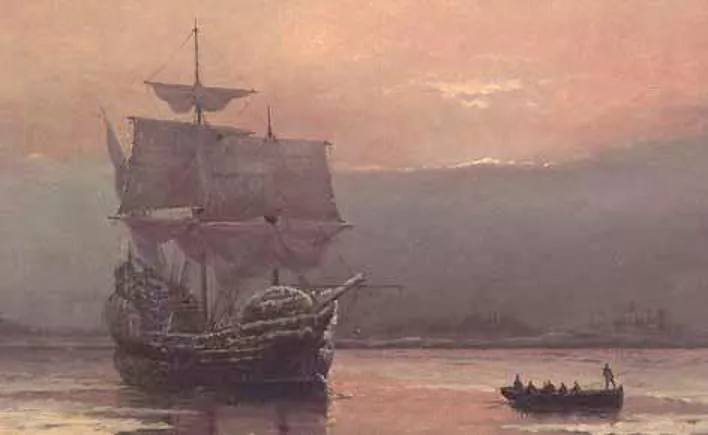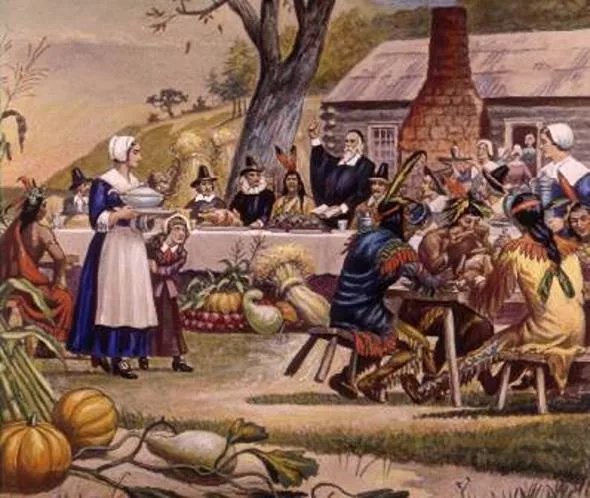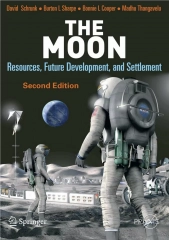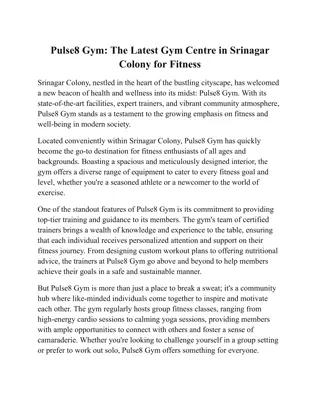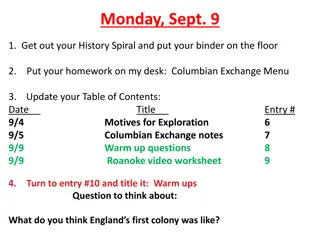The Virginia Colony: Early Settlement and Growth
The Virginia Colony, established by the Virginia Company, was the first permanent English settlement in North America. It aimed to find gold and natural resources, leading to the cultivation of tobacco as a profitable cash crop. The colony's economy grew dependent on slavery, with labor encouraged through the headright system and the arrival of indentured servants and Africans. Virginia's fertile soil, climate, and waterways facilitated its prosperity through trade with England. The displacement of Native Americans, especially under Powhatan, marked a dark aspect of the settlement's history.
Download Presentation

Please find below an Image/Link to download the presentation.
The content on the website is provided AS IS for your information and personal use only. It may not be sold, licensed, or shared on other websites without obtaining consent from the author.If you encounter any issues during the download, it is possible that the publisher has removed the file from their server.
You are allowed to download the files provided on this website for personal or commercial use, subject to the condition that they are used lawfully. All files are the property of their respective owners.
The content on the website is provided AS IS for your information and personal use only. It may not be sold, licensed, or shared on other websites without obtaining consent from the author.
E N D
Presentation Transcript
The first permanent English colony in North America was Virginia. It was a business venture of the Virginia Company, an English firm that planned to make money by sending people to America to find gold & other valuable natural resources & then ship the resources back to England. The Virginia Company established a legislative assembly that was similar to England s Parliament, called the House of Burgesses. The House of Burgesses was the first European-type legislative body in the New World & the first representative legislative body in the New World.
People were sent from England to work for the Virginia Company. They discovered no gold but learned how to cultivate tobacco. John Rolfe proved it could be profitable. Tobacco quickly became a major cash crop & an important source of wealth in Virginia. It also helped to create major social & economic divisions between those who owned land & those who did not. Additionally, tobacco cultivation was labor-intensive, & the Virginia colony s economy became highly dependent on slavery.
Labor in Virginia settlement was encouraged by headright system : gave 50 acres of land to any settler who came to VA Virginia (1a) encouraged wealthy to bring over more indentured servants Indentured servants work for a set number of years to repay the person who paid for them to come to the colonies 1619 first Africans arrive, most likely as indentured servants
Virginias rich soil, temperate climate, coastal harbors, & river systems aided the colony s growth, especially the Jamestown settlement. Easy access to commercial waterways allowed colonists to export tobacco & other natural resources to England, as well as to import much- needed manufactured goods from English markets. The trans-Atlantic trade made it possible for the colony to prosper and expand.
Native Americans had lived for centuries on the land the English settlers called Virginia. A notable Native American chieftain in the region was Powhatan. Soon after the Englishsettlers arrived, they forced the Native Americans off their own land so it could be used by the settlers for agricultural purposes, especially to grow tobacco. Their actions caused many Native Americans to flee the region & seek new places to live. However, all the colonists did not own land.
Poor English and slave colonists staged an uprising against the governor & his landowning supporters. In what is called Bacon s Rebellion, thelandless rebels wanted harsher action against the Native Americans so more land would be available to the colonists. The rebellion was put down, & the Virginia House of Burgesses passed laws to regulate slavery so poor white colonists would no longer side with slaves against rich white colonists.
The first New England colonies were established by the Puritans in present-day Massachusetts. Most of the colonists came with their whole family to pursue a better life & to practice religion as they saw fit. As a result of strict religious beliefs, the Puritans were not tolerant of religious beliefs that differed from their own. Rhode Island wasfounded by religious dissenters from Massachusetts who were more tolerant of different religious beliefs.
Communities were often run using town meetings, unless the king had established control over the colony. In colonies that the king controlled, there was often an appointed royal governor & a partially elected legislature. Voting rights were limited to men who belonged to the church, & church membership was tightly controlled by each minister & congregation.
As more & more children were born in America, many grew up to be adults who lacked a personal covenant (relationship) with God, the central feature of Puritanism. In response, Puritan ministers encouraged a Half-way Covenant to allow partial church membership for the children and grandchildren of the original Puritans.
King Phillips War (16751676) was an early and bloody conflict between Englishcolonists & Native Americans. It was named after the leader of the Native Americans. King Phillip s Native American name was Metacom. Many colonists died in the war, but it caused such a heavy loss of life among the Native American population that large areas of southern New England became English settlements.
In 1686, the British king canceled the Massachusetts charter that made it an independent colony. To get more control over trade with the colonies, he combined British colonies throughout New England into a single territory governed from England called the Dominion of New England. The colonists in this territory greatly disliked this centralized authority. In 1691, Massachusetts Bay became a royal colony.
In the 1690s, the famous Salem witch trials took place. In a series of court hearings, over 150 Massachusetts colonists accused of witchcraft were tried, 29 of which were convicted & 19 hanged. At least six more people died in prison. Causes of the Salem witch trials included extreme religious faith, stress from a growing population & its bad relations with Native Americans, & the narrow opportunities for women & girls to participate in Puritan society.
Pennsylvania, located between New England and Virginia, was a colony founded by the religiously tolerant Quakers led by William Penn. William Penn wants it to be a Holy Experiment with complete religious freedom
Farther north, New York was settled by the Dutch, who called it New Amsterdam. In 1664, theBritish conquered the colony & renamed it New York. A diverse population kept alive this center of trade & commerce founded by the Dutch, whom the British invited to remain there. The Dutch were the first to introduce Africans to the colonies With members of various British & Dutch churches, New York also tolerated different religions.
New Yorks harbor & river systems significantly contributed to its economic growth and importance. New York s convenient location along water trade routes allowed farmers to easily ship wheat & other agricultural goods to markets in America & in Europe, as well as to import manufactured goods from markets abroad. This allowed New York to grow into a major commercial hub & one of the biggest cities in the British colonies.
France, like its European rival, Great Britain, settled colonies to secure the valuable natural resources of North America & export them to Europe. Quebec was the first permanent French settlement in North America. Became a fur trading center (as did most of their settlements)
The French instructed their colonists to spread the Catholic faith in the New World. The British encouraged their colonists to establish Protestantism, but the British were more interested in the wealth of natural resources the colonists could send back to Britain. Still, the reason many British colonists moved to the New World was for the opportunity to establish societies tolerant of, & built on, their own religious beliefs.
New England Geographic features of land encouraged creation of small family farms [No need for slaves] Establishment of churches and towns built around church congregations Colonists had little to trade to Mother country/England so precedent of illegal trading/smuggling common in New England precedent of commerce and business Religious intolerance led to creation of other colonies Religious sentiment led to view of slavery as evil
Virginia and the South Geographic features of land encouraged creation of large farms/plantations to cultivate cash crops/ tobacco Colonists main trading partner Mother country/England so plantations located near rivers to transport cash crops to England Religious hypocrisy led to view of slavery as good for savages Economic greed led to view of slavery as necessary
Mid-Atlantic Colonies Geographic features of land encouraged creation of wheat farms Colonists main trading partner other colonies and then Mother England need for infrastructure to bring goods to eastern/southern colonies Proximity to Native Americans led to peaceful coexistence between colonists and American Indians Tolerance was a key characteristic in Philadelphia and New York led to diversity of cultures

 undefined
undefined

